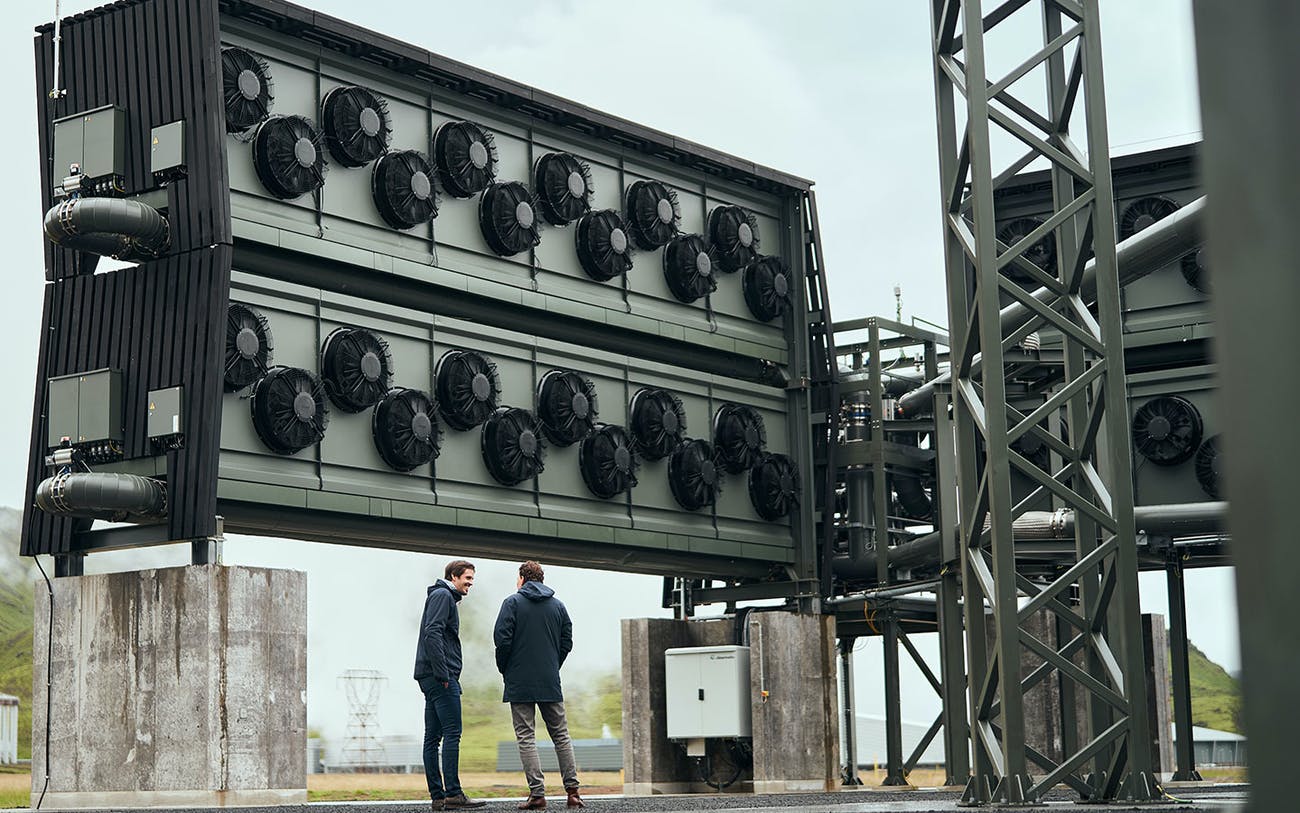
The world's largest $15 million carbon-sucking machine is switched on in iceland. The machine is billed as a tool that will help reduce climate change.
DAC Machine to Capture CO2
The massive $15 million "direct air capture" or DAC machine was reportedly created by a Zurich-based company known as Climeworks and was just recently launched at the Hellisheiði Power Station located in Iceland. It is called Orca and is capable of capturing 4,000 metric tons of CO2 a year as part of the total efforts to reduce levels of greenhouse gas in the earth's atmosphere.
According to the story by WSBuzz, this is equivalent to the annual emission of just about 790 cars. This total, however, is a mere fraction of global CO2 emissions which reportedly totalled a whopping 34.7 billion tons in 2020, according to the International Energy Agency.
Orca 'Air Scrubbers'
Orca reportedly consists of a stack of metal "air scrubbers" that are capable of sucking CO2 from surrounding ambient air using fans even before extracting it through using a chemical filter. The CO2 is then stored below the ground. South Korea got a massive 1.4 gigawatt floating offshore wind farm capable of powering 1 million homes as efforts are made to push towards a cleaner environment.
This reduces the amount of the greenhouse gas that is able to reach the atmosphere. The gas can then be permanently stored in deep geological formations, or even used in order to make fuels, chemicals, certain building materials, and even other products.
DAC Machine's 'Collector' Units
One side of the said DAC machine's "collector" units sucks in CO-2 air coming from the surrounding environment. On the other hand, at the same time, it releases the clean CO2-free air. CO2 is then stored within the collector units which are ready to be treated.
DAC, or direct air capture technology works just like how it sounds. Giant fans reportedly draw ambient air into contact through the use of an aqueous solution that picks out then pushes to trap carbon dioxide. Scandinavia's offshore wind farm is now expected to increase Danish wind power production by a whopping 16% featuring 72 offshore wind turbines.
Read Also: NASA Satellites Map Out New Orleans Power Outage Caused by Hurricane Ida
Jan Wurzbacher's Statement
Through heating as well as a handful of other familiar chemical reactions, that exact same carbon dioxide is then re-extracted and made ready for further use. It can be used as a particular carbon source for important chemicals like fuel or even for storage through a sequestration strategy of choice.
The resulting fuels now include diesel, gasoline, and jet fuel, which are all compatible with existing fuel distribution as well as transportation infrastructure. Jan Wurzbacher, the co-CEO and co-founder of Climeworks gave a statement.
According to Wurzbacher, Orca, as a milestone in the direct air capture industry, has been able to provide a scalable, flexible, and even a replicable blueprint for Climeworks' future expansion. It was noted that achieving global net-zero emissions, as of the moment, is still a long way to go, as seen on Climeworks.
Related Article: NFTs Being Sold in Bid to Help Rebuild Brazil's Rainforest | Here's How to Help
This article is owned by Tech Times
Written by Urian B.









